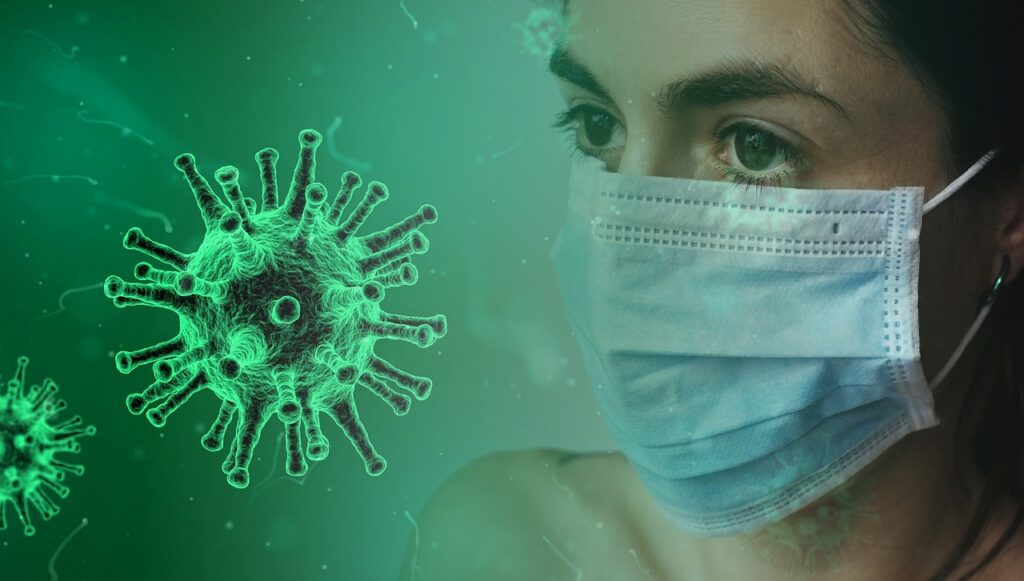
Antimicrobial resistance (AMR) is a looming global threat that has the potential to derail decades of medical progress. It knows no borders, affects people of all ages and backgrounds, and endangers the effective treatment of a wide range of infections. To tackle this crisis head-on, experts from around the world convened at the International Conference on Nosocomial Viral Infections. This conference served as a unique forum for the exchange of knowledge and experience in the field of preventing nosocomial viral infections and combating drug resistance. In this article, we’ll explore the key insights and global strategies discussed during the conference.
The Global Challenge of Antimicrobial Resistance
Antimicrobial resistance occurs when microorganisms such as bacteria, viruses, fungi, and parasites evolve to withstand the drugs designed to kill them. This resistance extends to antibiotics, antivirals, antifungals, and other medications used to combat infections. As a result, infections that were once treatable can become untreatable, leading to prolonged illnesses, increased mortality rates, and higher healthcare costs.
AMR is not a new problem, but it has escalated in recent years due to several factors:
Overuse and Misuse of Antimicrobials: Widespread use of antimicrobial drugs in healthcare, agriculture, and even veterinary medicine has led to increased resistance.
Globalization and Travel: The ease of global travel facilitates the spread of resistant microorganisms across borders.
Lack of New Antibiotics: Pharmaceutical companies have been slow to develop new antibiotics, focusing instead on more profitable medications, leading to a scarcity of effective treatments.
Inadequate Infection Control: Poor infection prevention and control practices in healthcare settings contribute to the transmission of drug-resistant pathogens.
Complexity of Resistance Mechanisms: Microorganisms have developed intricate mechanisms to resist antimicrobial drugs, making them harder to combat.
Insights from the International Conference
1. Multidisciplinary Collaboration is Key
A central theme of the conference was the necessity of multidisciplinary collaboration. Combating AMR requires cooperation across various sectors, including healthcare, agriculture, pharmaceuticals, and academia. Experts stressed the importance of breaking down silos and fostering partnerships to address this global challenge comprehensively.
2. Surveillance and Data Sharing
Robust surveillance systems were highlighted as essential tools in tracking the spread of AMR. Conference attendees emphasized the need for real-time data sharing on resistant pathogens to enable faster responses to outbreaks and the development of targeted interventions.
3. Stewardship Programs
Antimicrobial stewardship programs were recognized as vital for responsible antimicrobial use. These programs involve monitoring, educating, and guiding healthcare practitioners on prescribing antimicrobial drugs appropriately. Stewardship efforts not only conserve the effectiveness of existing antibiotics but also reduce the selective pressure driving resistance.
4. Vaccine Development
Vaccines were lauded as a critical component of the fight against AMR. Vaccination can prevent infections from occurring in the first place, reducing the need for antimicrobial treatment. Researchers and policymakers discussed the importance of investing in vaccine research and distribution, particularly for viral infections that can lead to secondary bacterial infections.
5. Alternative Therapies
As traditional antibiotics become less effective, the conference explored alternative therapies. These include phage therapy (using viruses that infect bacteria), immunotherapies, and the development of novel antimicrobial agents. These innovative approaches offer potential solutions to drug-resistant infections.
6. Public Awareness and Education
Conference participants stressed the significance of public awareness and education. An informed public can play a role in reducing AMR by demanding responsible antimicrobial use, adhering to treatment regimens, and supporting vaccination efforts. Education campaigns can also reduce the demand for antibiotics in agriculture.
7. Regulatory and Policy Measures
Governments and regulatory bodies were encouraged to implement policies to curb AMR. These measures could include restrictions on the use of antibiotics in agriculture, incentives for pharmaceutical companies to develop new antibiotics, and the establishment of national action plans for AMR containment.
8. Global Health Equity
The conference addressed the issue of global health equity in the context of AMR. Experts recognized that low- and middle-income countries often face greater challenges in managing AMR due to limited resources and healthcare infrastructure. Strategies for addressing AMR must take these disparities into account, with a focus on building capacity and providing support to vulnerable regions.
Moving Forward: A Global Call to Action
The International Conference on Nosocomial Viral Infections served as a rallying point for global efforts to combat AMR. It emphasized that this is not just a healthcare problem but a multifaceted challenge that requires collective action. To effectively address AMR, the following global strategies were proposed:
1. Strengthening Surveillance Networks
Establish and enhance global surveillance networks to monitor the emergence and spread of drug-resistant microorganisms. Timely data sharing is crucial for tracking and responding to outbreaks.
2. Promoting Responsible Antimicrobial Use
Encourage responsible antimicrobial use through education, stewardship programs, and regulatory measures. Healthcare providers, veterinarians, and the agricultural industry all have roles to play in this effort.
3. Investing in Research and Development
Increase investment in research and development for new antibiotics, vaccines, and alternative therapies. Public-private partnerships and incentives for pharmaceutical companies can drive innovation in this field.
4. Fostering Multidisciplinary Collaboration
Promote collaboration among healthcare professionals, researchers, policymakers, and industries involved in antimicrobial production. Multidisciplinary approaches can lead to holistic solutions.
5. Raising Public Awareness
Launch public awareness campaigns to educate the public about AMR and its consequences. Informed individuals can contribute to responsible antimicrobial use and support vaccination efforts.
6. Ensuring Global Health Equity
Address disparities in healthcare infrastructure and resources, particularly in low- and middle-income countries. Provide assistance and capacity-building to ensure that all nations can effectively combat AMR.
7. Advocating for Policy Change
Advocate for policy changes at the national and international levels to address AMR comprehensively. Governments and regulatory bodies should enact measures to restrict inappropriate antimicrobial use and incentivize research.
In conclusion, the International Conference on Nosocomial Viral Infections illuminated the urgent need for a unified global response to combat antimicrobial resistance. The insights and strategies discussed at the conference underscored the importance of collaboration, surveillance, responsible antimicrobial use, and innovation. It is clear that AMR is a formidable adversary, but with concerted efforts and international cooperation, we can slow its advance and preserve the effectiveness of our life-saving medications for generations to come. The time to act is now, and the responsibility is shared by all nations, industries, and individuals.
Last modified: September 8, 2023
